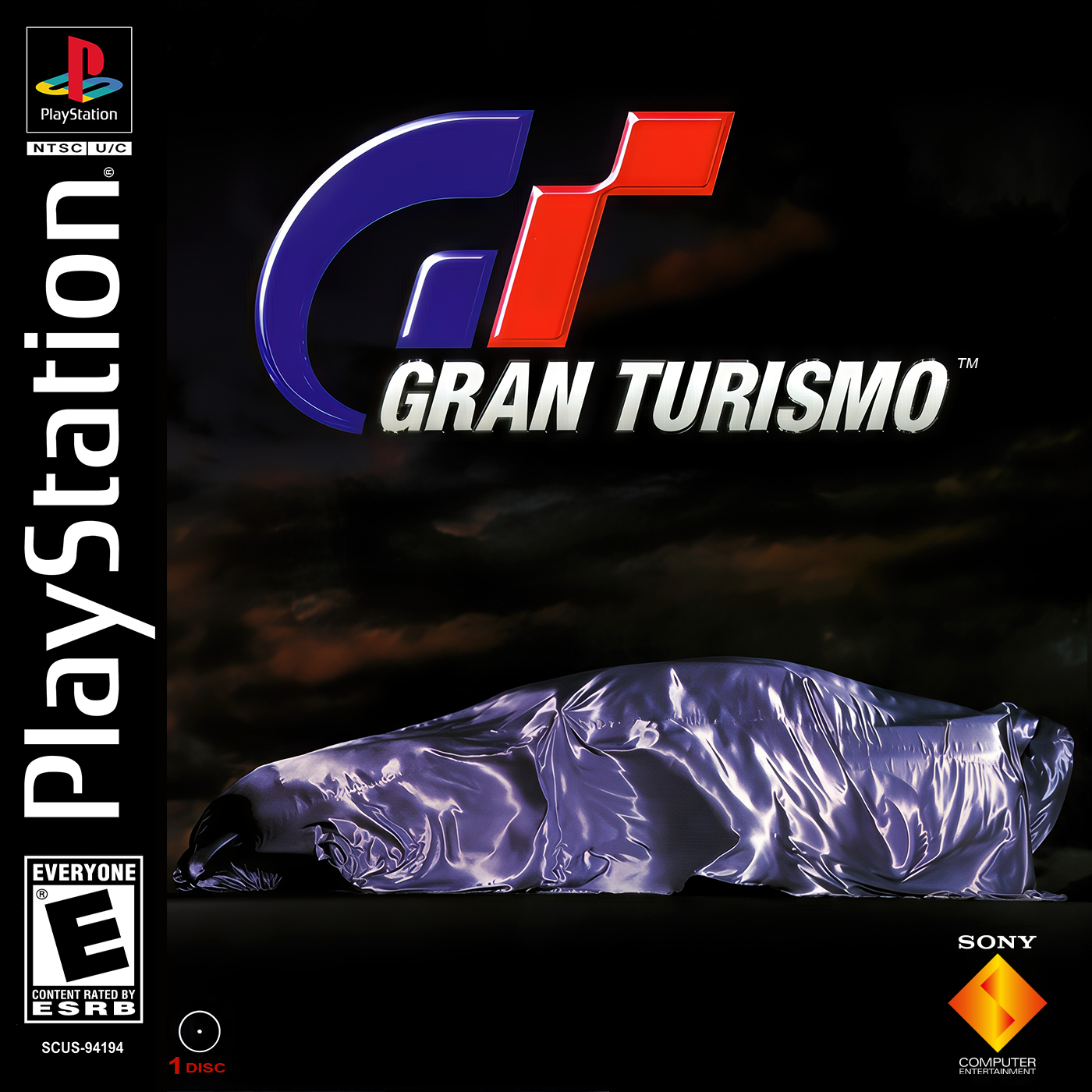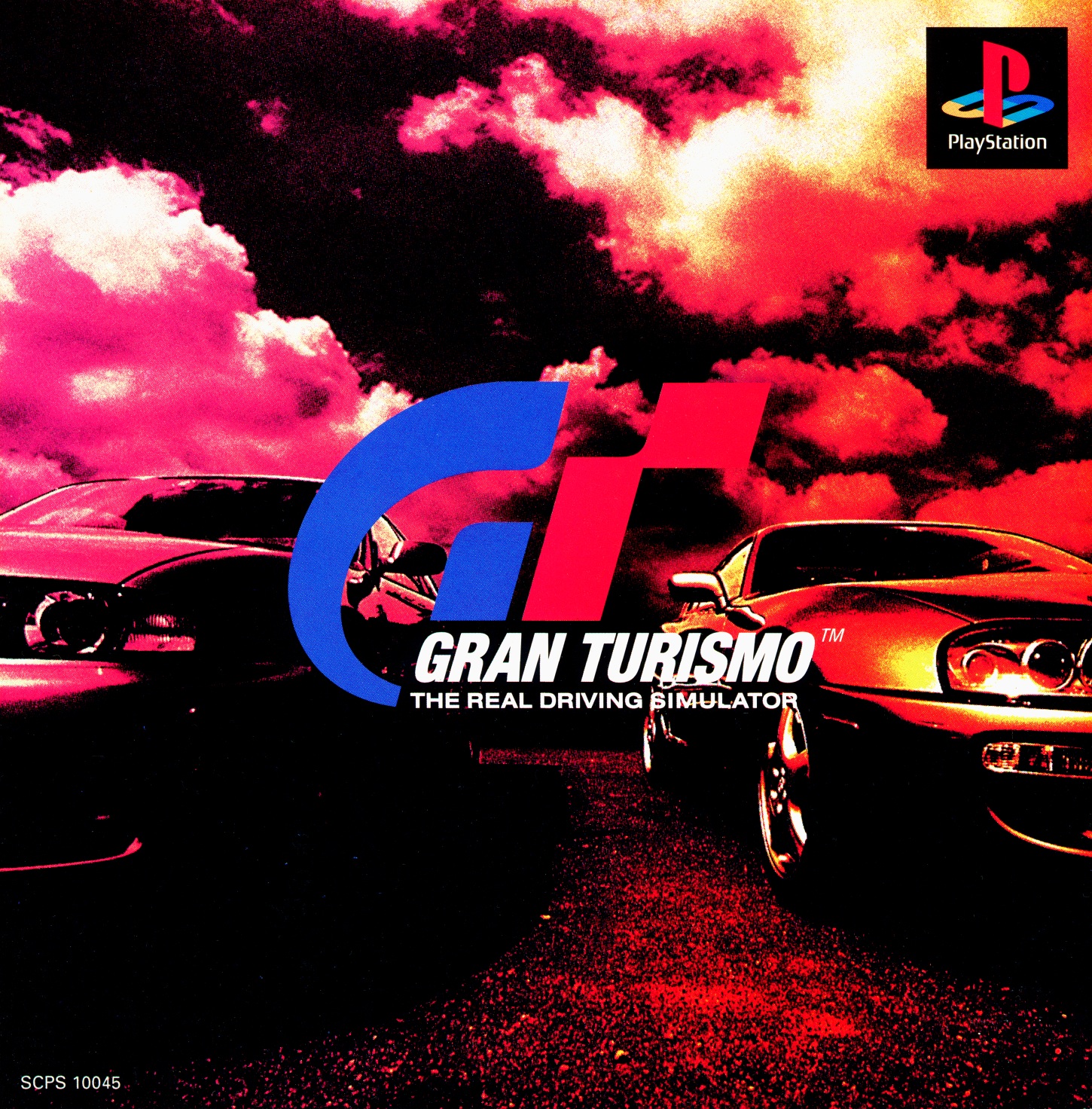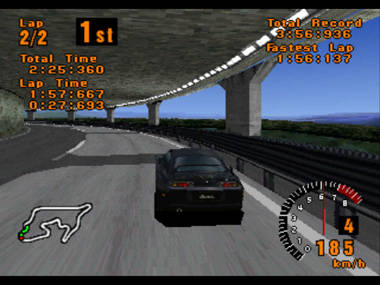
When Gran Turismo launched on the original PlayStation in the late ’90s, it wasn’t just another racing game. It was an eye-opener, a title that made players realize what Sony’s little grey box could really do. Long before photorealism and ray tracing, Polyphony Digital managed to craft something that felt authentic, sleek, and serious. This was a time when most racers were about speed and fun, but Gran Turismo wanted to teach you how to drive.
Background
Released in 1997 in Japan and 1998 worldwide, Gran Turismo was the brainchild of Kazunori Yamauchi, who envisioned a driving simulator that captured the precision and emotion of real cars. Development reportedly took five years, an eternity back then, and it showed in every corner, reflection, and tire squeal. The game featured over 140 real-world cars, a massive number for its time, all modeled with meticulous attention to detail. It wasn’t just about collecting cars, but understanding them, how weight, grip, and suspension all played a part.
Why It Stood Out
Calling Gran Turismo a technical marvel wouldn’t be an exaggeration. On hardware that was never designed for realistic driving physics, Polyphony Digital somehow delivered a racer that looked and felt alive. Each car had its own unique handling, sound, and sense of weight. The graphics were jaw-dropping for the PS1, with smooth lighting, detailed environments, and replays that could easily pass for pre-rendered sequences back then.
The physics engine simulated everything from tire wear to acceleration curves, introducing players to a level of realism previously found only on expensive PC simulators. Even the progression system was different, you didn’t just unlock cars by winning races, you had to earn licenses and work your way up, mirroring the journey of a real-world driver.
Regional Differences
While the core experience remained consistent across regions, there were slight variations in available cars and soundtrack selections. The Japanese release focused on domestic manufacturers and a more subdued tone, while the Western versions leaned into a flashier presentation with a different music lineup. Still, the spirit of the game was the same everywhere, a deep respect for the art of driving.



Legacy
Gran Turismo became a defining title for the PlayStation and set the stage for an entire franchise. It sold over ten million copies, making it one of the best-selling PS1 games ever, and established Polyphony Digital as one of Sony’s most important studios. The series evolved across generations, but the DNA of the original remains intact, precision, realism, and passion for cars.
It also helped bridge the gap between gamers and car enthusiasts, inspiring some players to get into real-world motorsport. In an era filled with arcade racers like Ridge Racer and Daytona USA, Gran Turismo carved its own lane and proved that realism could be just as thrilling as fantasy.
My Take
I still remember the first time I loaded Gran Turismo and watched that stylish intro sequence backed by smooth jazz and machine hums. It felt like stepping into something sophisticated. I wasn’t just playing a game, I was learning to appreciate cars in a whole new way. It was tough at times, those license tests were brutal, but every success felt earned.
And honestly, Gran Turismo was one of those games that made me think we had already reached photorealism. In a kid’s mind, those cars looked exactly like the ones on TV. If you showed me a real Honda Civic and one from the game back then, I probably would’ve argued they used the same footage.
Even though I eventually lost interest in realistic driving simulators, Gran Turismo 2 Arcade Mode will always remain my favorite. It struck that perfect balance between realism and fun, and it still feels great to pick up and play today. Still, I can’t deny how amazed I was by the original Gran Turismo at the time, it truly made me believe the future of gaming had arrived.



